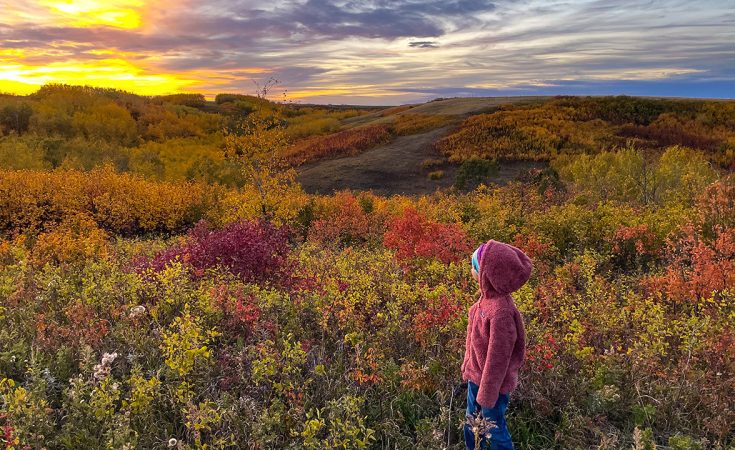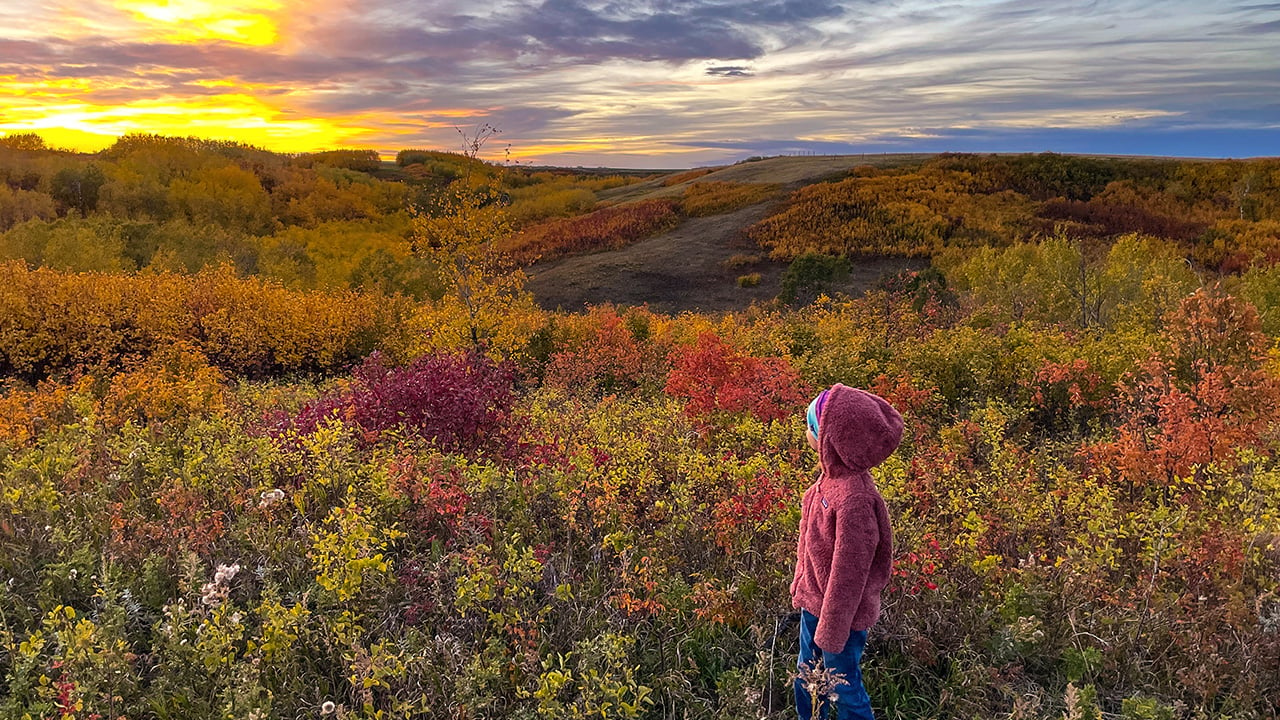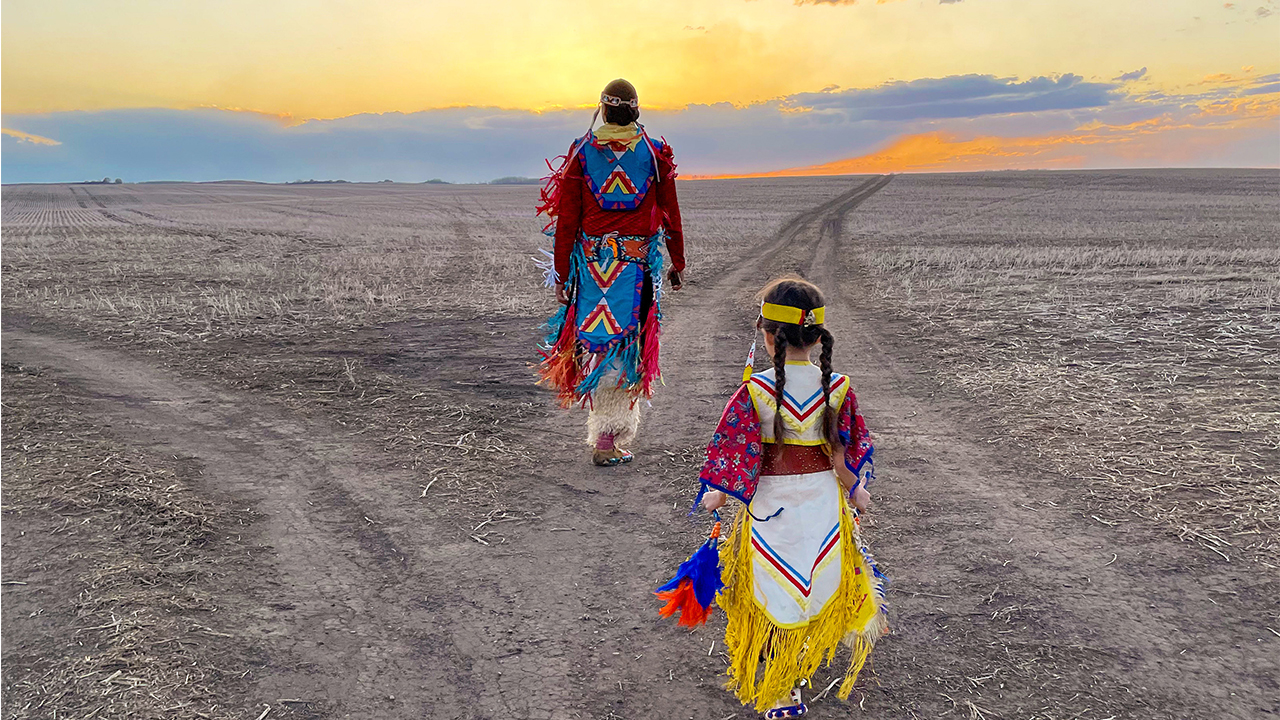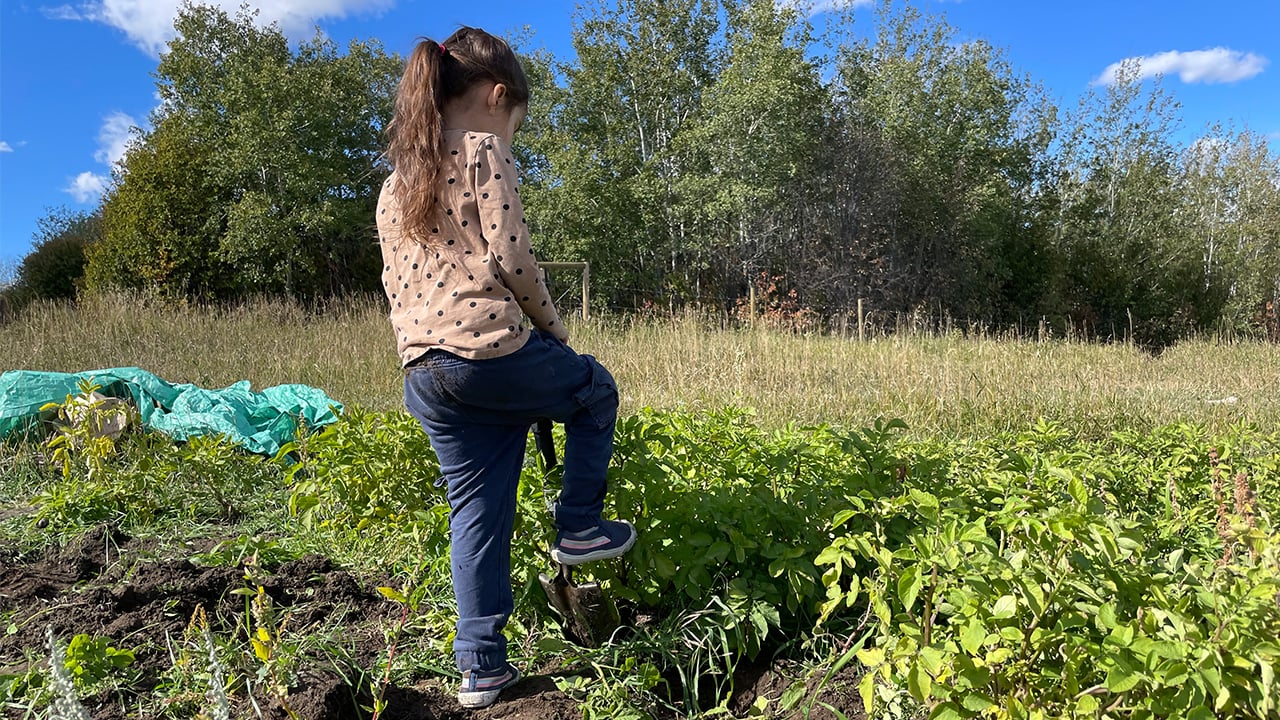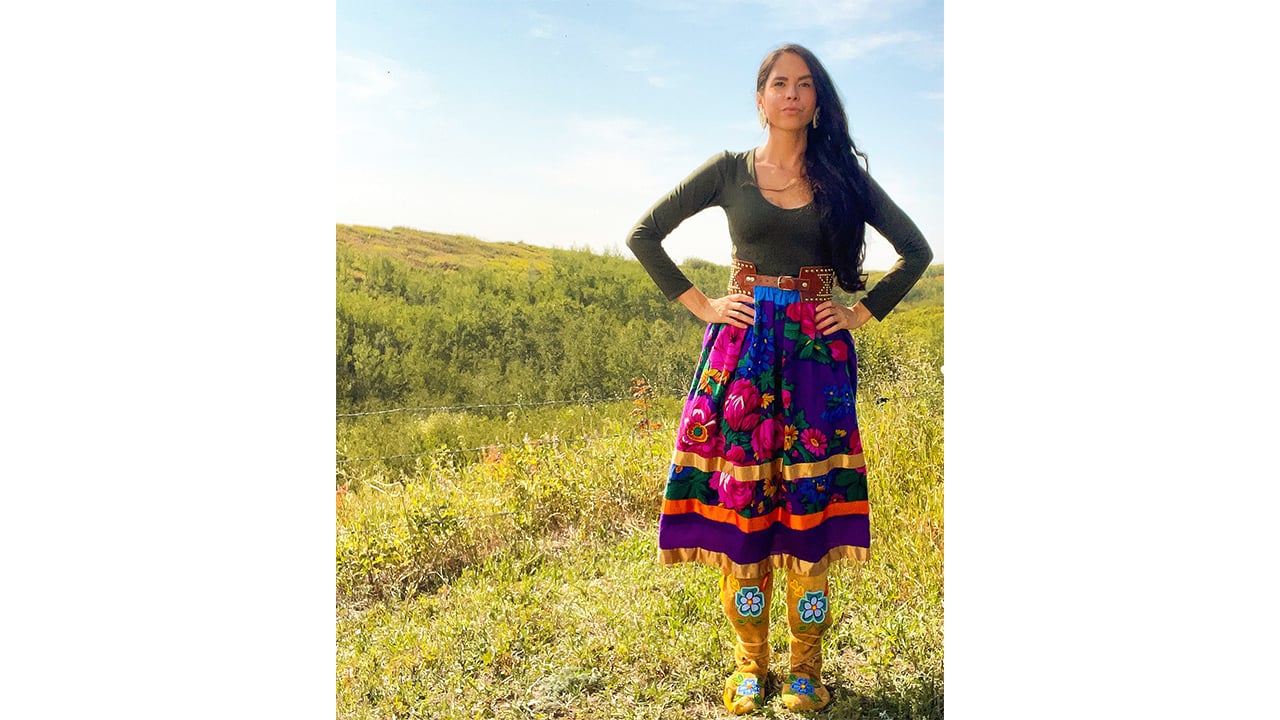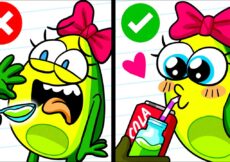September 30 is the first National Day for Truth and Reconciliation, also known—in many elementary schools and communities—as Orange Shirt Day. It’s meant for people to reflect on the history of residential schools, and the survivors that live on today.
I’m Anishinaabe, and I think this day could be viewed as progress. Never before have so many non-Indigenous people paid attention to the reality of residential schools. In the spring, families across the nation hung orange shirts from their front porches, piled shoes and teddy bears on the steps of government buildings, and cut out 215 orange hearts for the children found on the grounds of the former Kamloops Residential School in Kamloops. But that was four months ago now. It’s hard to know if everyone still cares as much. Can wearing an orange T-shirt, and incorporating some Indigenous history into the lesson plan for a single day in September, really create the kind of change we truly need?
My partner and I are raising our daughter on Treaty 6 lands of Poundmaker Cree Nation, in Saskatchewan. We do talk about Orange Shirt Day somewhat, but conversations on residential schools, the treaty relationship with the lands we live on, and the history of Indigenous people is interwoven into our daily family life. It’s not just one day. It differs from family to family, but some children already hear of their moshums’ and kokums’ experiences at residential schools during visits. This is our truth, and I was taught about it at a very young age. It’s been a normal topic of conversation for as long as I can remember.
Photo: Courtesy of Andrea Landry
The reality is, the long-term impacts of residential schools still exist in many Indigenous communities today. Families are still healing from the intergenerational trauma that became the very foundation of those schools. The priests and nuns who raised our children in those schools ultimately ingrained a specific, detached way of relating to children, which in turn created a new style of parenting in the coming generations. This approach was one that was really different and very removed from our traditional parenting practices.
Plus, thousands of children did not make it home, with many still waiting to be found in unmarked graves. Others died during their attempts to make it home by themselves in the middle of long, cold winters.
This year, you need to do more than wear the orange shirt. Do more than observing a moment of silence or reflection. Talking with your kids about the truth of colonization and residential schools needs to happen year-round, not just on September 30. And as Indigenous parents and families, we need to see more.
1. Learn about the history of the day
The original Orange Shirt Day was started in 2013, in Williams Lake First Nation in BC, after founder and survivor Phyllis Webstad of the Stswecem’c Xgat’tem First Nation first recounted how she was stripped of her brand new orange shirt on arrival at St. Joseph’s Mission Residential School in 1973. It aims to honour the Indigenous children who were stolen from their families during the operation of the church-run residential schools from the 1890s to 1996. It’s only this year that September 30 has become an official statutory “holiday.” But it’s not a day off, and it’s not a celebration—it’s a reminder. It’s part of Call to Action 80 from the Truth and Reconciliation Commission report, which states that the federal government will work with Indigenous people to establish a statutory day to “honour Survivors, their families, and communities, and ensure that public commemoration of the history and legacy of residential schools remains a vital component of the reconciliation process.”
Photo: Courtesy of Andrea Landry
2. Learn about the land you live on
Every Canadian should know what treaty lands you’re living on (if you live on treaty lands—there are also parts of the country that are not treaty signatories, thereby making these territories unceded land). There are multiple avenues to read up on the present-day land claim agreements. I recommend this handbook: “Whose Land is it Anyway: A Manual for Decolonization,” which was put together by Peter McFarlane and Nicole Schabus.
Ultimately, it comes down to discovering how your ancestors received the parcel of land you live on, which enabled you to be “Canadian.” Acknowledge the reality that it was very possibly done through the forced removal of Indigenous peoples from that very land (likely their original home base); land exploitation; and many other unlawful ways. Remember that this parcel of land, back then, and today, is still Indigenous land. Remember that originally, your families were given permission to live on Indigenous lands by Indigenous peoples.
3. Speak about ongoing genocide and colonization
Genocide and colonization are still happening today, but we have different terms (and systems) for it. The child welfare system is simply the watered-down version of residential schools, with the same intent and goal. (In Canada, more than 52 percent of children in foster care are Indigenous, but account for only 7.7 percent of the child population, according to Statistics Canada and the 2016 census.) Begin to think critically about that number, and why things are the way they are today.
4. Don’t be performative
Do more than surface-level gestures, like just quickly re-sharing a post and wearing a T-shirt. Do what you need to do to educate yourself and truly understand history. Read books and articles written by, and for, Indigenous peoples. Know what terms like “Indigenous nationhood,” “Indigenous sovereignty,” and “treaty rights” really mean. (The “Whose Land is it Anyway” handbook is a good resource for delving deeper into this.)
5. Teach your kids the truth in developmentally-appropriate language
Do not traumatize children with all the horrible details of what happened in those schools. Highlight the basics. They don’t need to know about physical and sexual abuse, but do tell them that Indigenous children were kidnapped from their families and forced to live in schools for years at a time.
Photo: Courtesy of Andrea Landry
6. Don’t expect applause and gratitude from Indigenous people
When you stand up with Indigenous peoples, don’t expect us to be the ones to teach, educate, or reconnect you.
7. Do not behave like Indigenous peoples are victims and need someone to save them
Sometimes, working with allies ultimately plays out as a “without us helping you, you wouldn’t succeed in life” kind of dynamic. It highlights a “white saviour” mentality, which can be highly problematic. The truth is, Indigenous people are organizing, advocating, strategizing, and creating solutions to the countless problems and issues that have held our people back due to colonization for hundreds of years. In the wake of the unearthing of generations of Indigenous kids who never got to grow up, we now have a generation of Indigenous children standing proud in who they are and where they come from. We do not need saving. We simply need partnership—when desired.
It takes work, time, and energy to do the learning that needs to be done, and to uncover the truth that was hidden in plain sight. Honour those who never made it home. Pray for their families, who never had a chance to meet their relative who was taken. And continue to do the work you need to do, beyond a one-day holiday.
Honour your side of the treaty relationship. Honour the peoples whose original lands you live on.
Daily.

